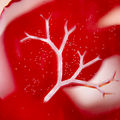Public defence in Chemistry, M.Sc. (Tech.) Reima Herrala
Electrochemically-assisted aqueous reduction and its application for surface functionalization (title of the thesis).
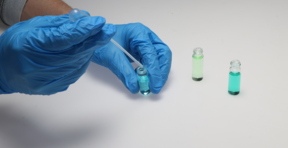
Full title of the project: Electrochemically-Assisted Aqueous Reduction of Waste Streams for Metals Recovery and Functional Surfaces (Academy of Finland)

Electrochemically-assisted aqueous reduction and its application for surface functionalization (title of the thesis).
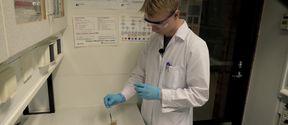
The EARMetal process innovates with electrochemistry to efficiently recover noble metals from complex production solutions, potentially reducing environmental impacts and streamlining metal retrieval

EDRR: a recent review article explores latest developments of a novel method for efficient precious metal recovery and creation of high-value-added materials
EARMetal aims to capture precious metals, such as Pt, Pd, Au or Ag, from hydrometallurgical process and waste solutions, in which they are present at concentrations so low that the recovery with current methods is not feasible. Furthermore, precious metals will be deposited, energy efficiently and selectively, on 3D networks with controllable porosity, prepared from food processing waste, and stimuli-responsive polymer rings. These surfaces will have an active function (e.g. catalytic or antibacteriality) that can be turned on/off by an external stimulus, for example, by light or other trigger. This allows the deposited surface to be reversible, hidden and re-exposed.
Moreover, EARMetal investigates in parallel recycling strategies for new materials: holistic recycling of these functional materials at their end of life is investigated, and hydrometallurgical recycling routes are developed for the recovery of both metals and organic materials.
EARMetal aims to combine the energy-efficient recovery of metals with direct functionalization of surfaces. Many types of surfaces will be investigated, including porous scaffolds and stimuli-responsive structures. Both the recovery of metals and the fabrication of the surface materials make use of industrial waste and side streams. This provides a comprehensive and novel way for preparing catalytic surfaces fully built using secondary raw materials.
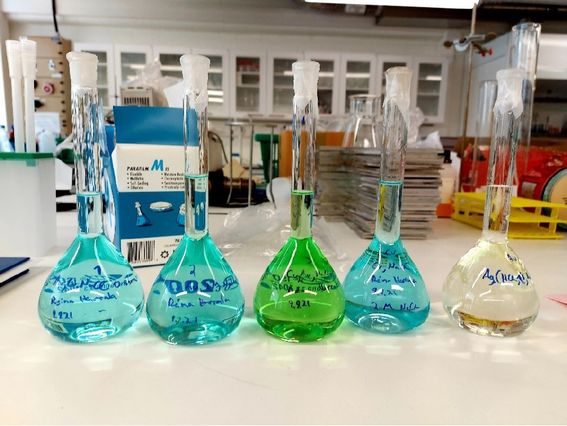
"Currently I am conducting experiments to develop a better understanding of how we can control the reaction. This includes trying various solution compositions and deposition parameters. Once we have a solid understanding of the reaction, we can optimize it for the functionality of the resulting surface.
As soon as we get a good fundamental understanding of the reaction, experimental work will commence on real industrial solutions and fabricating potential substrate materials."
Research area: Biomass-derived electrodes for electrodeposition of low concentration metals from industrial side streams to be used for photoelectrochemical CO2 reduction.
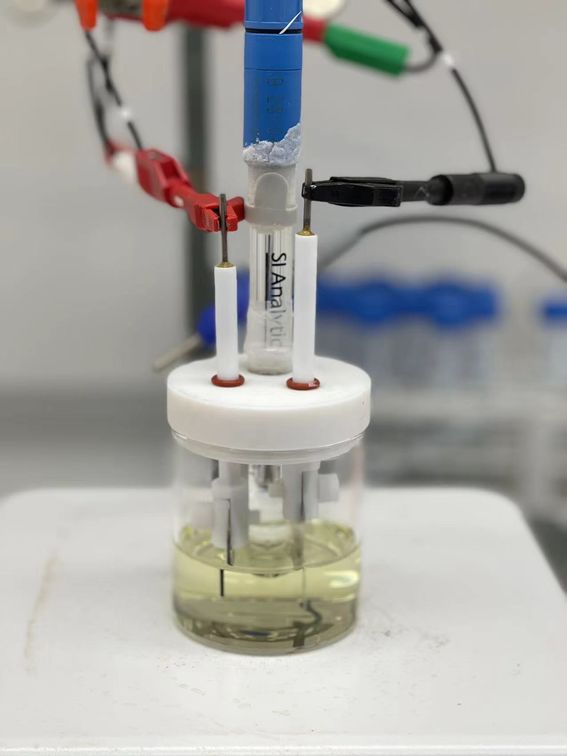
"I joined the EARMetal project in January 2022 as a postdoctoral researcher. My role is to investigate the electrochemically-assisted aqueous reduction process for the metal recovery from industrial process or waste solutions, and to further create functional electrocatalytic surfaces based on the EAR process."
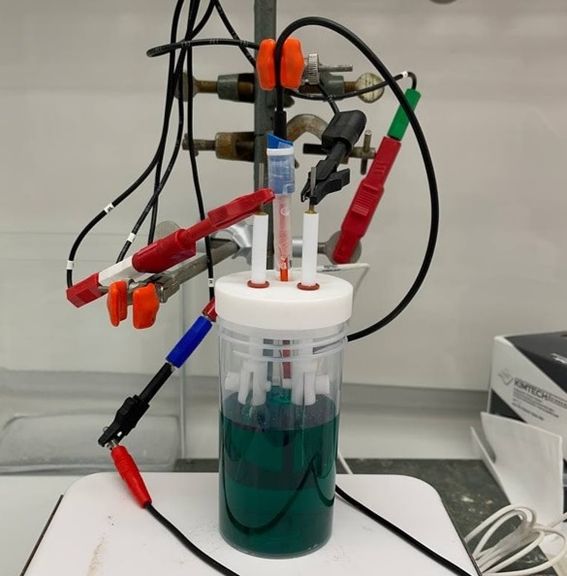
"I started working on the EARMetal project in July 2021. My role in this project involves investigating the recovery of valuable metals from side stream waste solutions for their subsequent use in solar panels.
The purpose of the work is to minimize the fabrication cost of solar modules, as well as to apply the EDRR technique in order to find a new supply for precious metals such as platinum, silver and copper. The experiments are ongoing until we reach the stage where the Pt deposited substrates have good coverage and functionality for the photovoltaic purposes."
Accountable project leader: Prof. Jaana Vapaavuori (jaana.vapaavuori@aalto.fi)
Project member: Kirsi Yliniemi (kirsi.yliniemi@aalto.fi)
Project researchers:
Reima Herrala, Doctoral Candidate (reima.herrala@aalto.fi)
Anna May Inzenhofer, Doctoral Candidate (anna.inzenhofer@aalto.fi)
Project alumni:
Linfan Cui, Postdoctoral Researcher
Maryam Mousavi, Doctoral Candidate
Project page on the Research Aalto portal: EARMetal
This project is a consortium project that is being implemented in collaboration with the 'Hydrometallurgy and Corrosion (Hydromet)' research group, led by Prof. Mari Lundström, from the Department of Chemical and Metallurgical Engineering.
Group led by Professor Jaana Vapaavuori

Led by Professor Mari Lundström
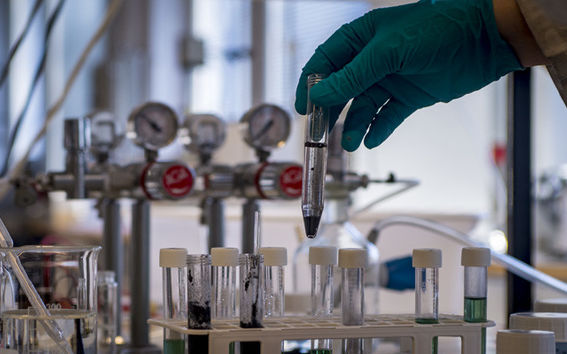
New Academy Projects funded by the Academy of Finland involve expertise from all six Aalto schools
